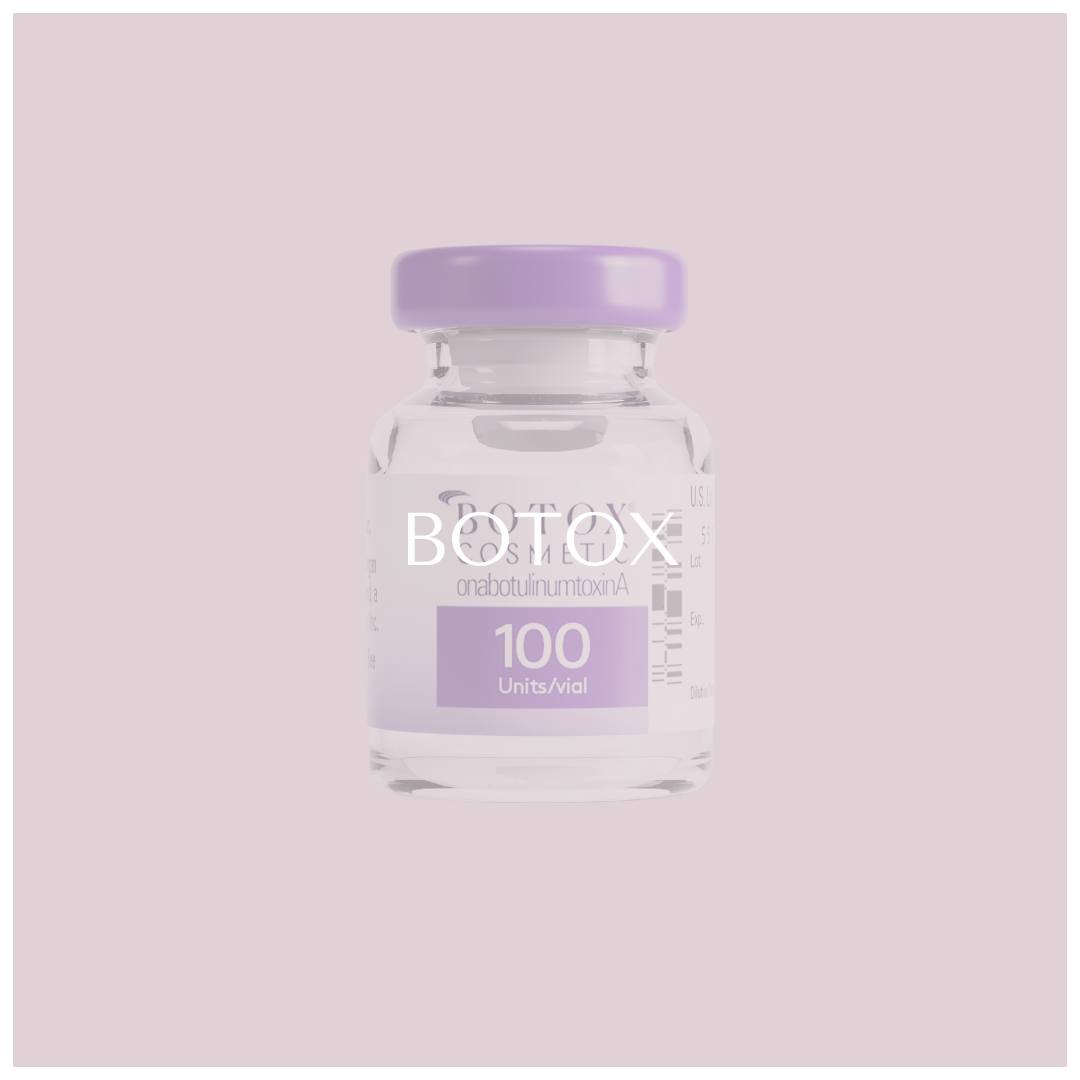The world of prescription drugs can be complex, especially when it comes to medications that have significant sedative properties or are commonly misused. One such drug is Tuinals, which has garnered attention for its powerful effects on the central nervous system. Tuinals are a combination of two primary ingredients—secobarbital and amobarbital—which are classified as barbiturates. These drugs were historically prescribed for various conditions, including insomnia, anxiety, and seizure disorders. However, due to their high potential for abuse and the risks associated with their misuse, Tuinals have become less common in modern medicine.
In this article, we will delve into what Tuinals are, their historical use, the potential risks associated with them, and the importance of understanding the dangers they present, especially in an age where opioid and drug abuse is a serious concern.
What Are Tuinals?
Tuinals is a brand name for a combination of two barbiturates: secobarbital and amobarbital. Barbiturates are central nervous system (CNS) depressants that have been used in medical practice for over a century. They are primarily prescribed for their calming and sedative effects, helping to treat conditions like insomnia, anxiety, and even seizure disorders. The combination of secobarbital and amobarbital in Tuinals worked synergistically to create a powerful sedative effect, making it effective for patients who required strong medication for anxiety or sleep disturbances.
Secobarbital, the active ingredient in Tuinals, is known for its ability to induce sleep and relieve anxiety. It is typically used for short-term treatment of insomnia and as a sedative before surgical procedures. Amobarbital, the other component, also has sedative properties, but it is sometimes used to treat seizure disorders. Together, these drugs form a potent combination that can provide relief for patients experiencing extreme levels of anxiety or trouble sleeping.
While effective for these uses, Tuinals’ sedative effects also carry the risk of addiction, overdose, and dependence, which is why their use has diminished significantly in modern medicine. In many cases, medications such as benzodiazepines or non-barbiturate sleep aids have replaced barbiturates in treating similar conditions.
History and Medical Uses of Tuinals
Barbiturates, including Tuinals, were first synthesized in the early 1900s and quickly became popular due to their efficacy in treating a variety of conditions, especially insomnia and anxiety. They were also used in the treatment of seizures and, in some cases, as a sedative for surgical procedures.
Tuinals was often prescribed to patients who needed fast-acting relief for severe sleep disorders or anxiety-related symptoms. Because barbiturates were some of the few drugs that could induce sleep in those with chronic insomnia or nervous conditions, they became widely used throughout the 20th century.
However, by the late 1960s and 1970s, medical professionals began to recognize the high potential for addiction, overdose, and abuse associated with these drugs. The growing awareness of the dangers of barbiturates, coupled with the introduction of less addictive alternatives, led to a decline in the prescription of barbiturates like Tuinals. Drugs like benzodiazepines (e.g., Valium, Xanax) gained popularity as they were considered safer and had a lower risk of dependency.
Despite this decline, Tuinals and other barbiturates continued to be misused, often recreationally, due to their euphoric effects when taken in high doses. The widespread misuse of these drugs, along with reports of overdose deaths, further cemented their reputation as high-risk substances.
How Tuinals Affect the Body
Tuinals, like other barbiturates, work by depressing the central nervous system. When taken, they affect the brain’s neurotransmitters, specifically increasing the activity of gamma-aminobutyric acid (GABA). GABA is a neurotransmitter that inhibits brain activity and has calming effects. By enhancing GABA’s effects, Tuinals produce a sedative, anxiolytic (anti-anxiety), and hypnotic (sleep-inducing) response.
At therapeutic doses, Tuinals can help patients relax, fall asleep, and experience relief from anxiety. However, because of their ability to suppress the brain’s activity, Tuinals can also slow the function of vital organs like the heart and lungs, which can be life-threatening in the case of an overdose.
Short-term effects of Tuinals use include:
- Sedation: The most common effect, leading to drowsiness and a sense of calm.
- Decreased anxiety: Helps alleviate the feelings of tension and stress.
- Euphoria: When taken in higher doses, Tuinals can cause feelings of intense well-being or euphoria, which is why they have been misused recreationally.
- Dizziness or confusion: Some individuals experience impaired coordination and cognitive functions.
Long-term effects of chronic use or abuse of Tuinals can include:
- Physical dependence: Over time, the body can become accustomed to the drug, requiring higher doses to achieve the same effect, leading to dependence.
- Tolerance: The body’s reduced response to the drug over time, leading to an increased need for higher doses.
- Addiction: Users may develop an emotional and psychological dependence on Tuinals, craving the sedative effects and euphoria.
- Overdose: Taking excessive doses can lead to respiratory depression, coma, and death due to the suppression of vital functions.
The Risks of Tuinals Abuse
One of the biggest concerns with Tuinals is the high potential for misuse and addiction. Since Tuinals induce feelings of relaxation and euphoria, they have been abused for recreational purposes, often in combination with other depressants like alcohol. This combination can significantly increase the risk of overdose, as both substances can dangerously slow heart rate and respiration.
Barbiturate overdose is a serious medical emergency. Signs of a Tuinals overdose include:
- Severe drowsiness or difficulty staying awake
- Slow or shallow breathing
- Loss of coordination or difficulty walking
- Confusion or difficulty speaking
- Unconsciousness or a coma-like state
- Blue-tinged lips or fingers (due to lack of oxygen)
- Death due to respiratory depression
Due to these severe risks, barbiturates like Tuinals are considered highly dangerous substances, especially when taken in high doses or mixed with other depressants.
Legal Status and Availability of Tuinals
Today, Tuinals and other barbiturates are classified as controlled substances in many countries due to their potential for abuse, dependence, and overdose. In the United States, Tuinals are classified as a Schedule II drug under the Controlled Substances Act, meaning they have a recognized medical use but also a high potential for abuse.
Because of their dangerous side effects and high addiction potential, Tuinals are rarely prescribed today. Other drugs, such as benzodiazepines (e.g., Valium, Ativan) and non-benzodiazepine sleep aids (e.g., Ambien, Lunesta), are now preferred for treating anxiety, insomnia, and related conditions due to their more favorable safety profiles.
Despite their reduced medical use, Tuinals are still sometimes encountered on the black market, where they are misused for recreational purposes. This illicit use, combined with the severe health risks, makes it important for people to understand the dangers of barbiturate abuse.
Treatment for Tuinals Addiction and Abuse
As with other forms of substance abuse, treatment for Tuinals addiction typically involves a combination of detoxification and rehabilitation. The first step in treating barbiturate addiction is to safely withdraw from the drug under medical supervision, as withdrawal from barbiturates can be dangerous without professional help. Medical detox programs provide the necessary care to manage withdrawal symptoms and prevent complications.
After detoxification, patients may enter rehabilitation programs, which may involve individual therapy, group therapy, and support groups. Cognitive-behavioral therapy (CBT) and other therapeutic approaches can help individuals address the underlying causes of their addiction and develop coping mechanisms to prevent relapse.
Long-term recovery from Tuinals addiction often requires a commitment to change and a strong support system. Many people find that a combination of therapy, support groups, and lifestyle changes can help them stay sober and rebuild their lives after addiction.
Conclusion: Awareness and Prevention
The use of Tuinals and other barbiturates comes with significant risks. While these drugs were once commonly prescribed for medical conditions such as insomnia and anxiety, their high potential for abuse and addiction has made them a less viable option in modern medicine. Today, drugs like benzodiazepines or newer sleep aids are preferred due to their safer profiles.
Tuinals abuse poses serious risks, including overdose, respiratory depression, and death. Understanding the dangers of this drug, particularly its potential for misuse, is critical. Awareness and education about the risks of sedative drug abuse are essential for preventing accidents and saving lives.




